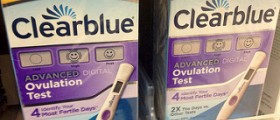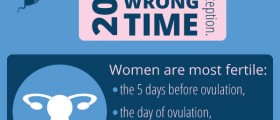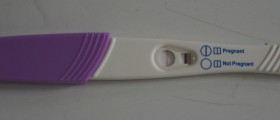
Determining when a woman is most fertile can dramatically increase her odds of becoming pregnant. Knowing when a woman ovulates is also very important for those who are willing to decrease their risks of pregnancy, as well as for those who are trying to plan their delivery according to a special date. Technically, women can become pregnant at any given point during their reproductive years. However, the most fertile period of a month occurs at the time of ovulation. Fertility is the natural capability of giving life and it depends on many important factors such as nutrition, hormones, culture, sexual behavior, way of life, and emotions.
Ovulation and fertility
Ovulation is a process that typically occurs at the middle of a female’s menstrual cycle. During this process, a mature ovarian follicle ruptures and discharges an ovum, or an egg. The exact date of ovulation varies from one woman to another and it also varies from cycle to cycle for the same woman. However, women are usually most fertile two days before and two days after the ovulation date. This is because the egg is capable of being fertilized for up to 48 hours after it is released from the ovary.
Signs of ovulation
Because ovulation doesn’t always happen at the same time, it is important to monitor various processes in body and increase the odds of becoming pregnant by timing the sexual intercourse in accordance with the most fertile period of a month. Ovulation can occur anywhere between 11 and 21 days since the last menstrual period. It generally takes place between 12 to 16 days from when a woman expects the next menstrual period to start. Women with extremely irregular menstrual periods can even ovulate during their period, or what is believed to be a period. Women with short menstrual cycles, of 21 days for example, can even ovulate right after their period.
Signs of ovulation usually include visible changes in cervical fluid that becomes very thin, slippery and white when a woman is near ovulation or when she is ovulating. The consistency of cervical mucus at the time of ovulation usually resembles egg whites, and this is considered the most fertile period of month.
Women who are keeping a track of their basal body temperature can also notice a slight increase. Basal body temperature is somewhere between 97.0 to 97.5 degrees Fahrenheit. At the time of ovulation, hormone progesterone is released in the body and it causes a slight increase of 0.1 or 0.2 degrees.Physical changes can also appear on cervix during the ovulation, as it becomes soft, high, open and wet.















Your thoughts on this
Loading...